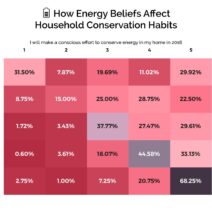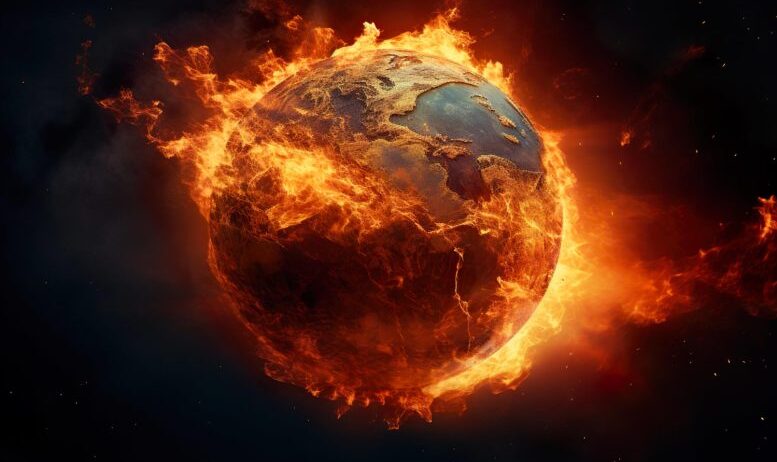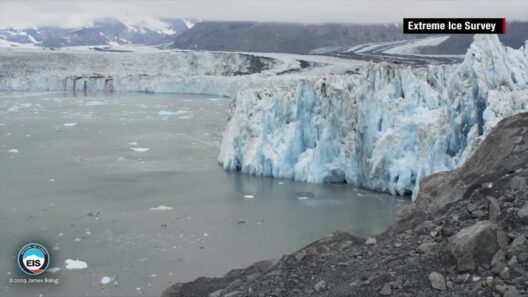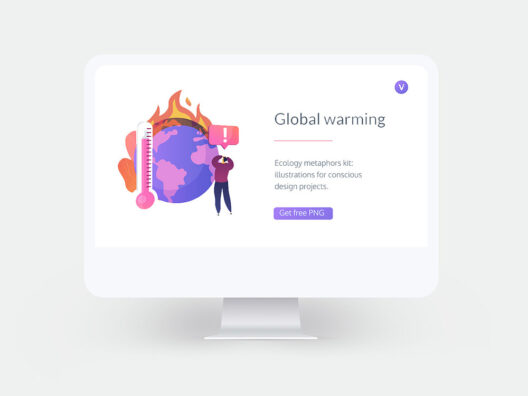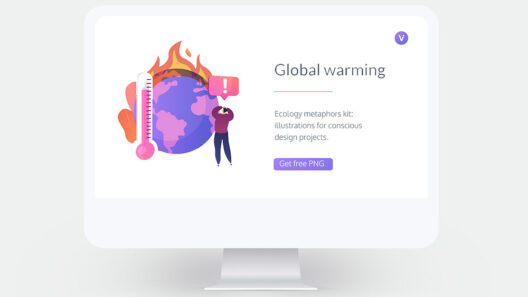Global warming stands as an insidious specter, casting long shadows over the future of our planet and the very essence of human existence. As temperatures rise and ecosystems begin to falter, the implications for quality of life become increasingly dire. The conversation around climate change has generally focused on average temperature increases, sea-level rise, and biodiversity loss. However, an equally pressing concern looms: how will global warming directly affect our quality of life in both the immediate and distant future?
To begin dismantling this complex issue, it is essential to understand what constitutes quality of life. Generally, quality of life encompasses various elements, including health, environmental quality, personal safety, and overall satisfaction. With the relentless march of climate change, each of these components faces potential jeopardy. As we scrutinize the ramifications of global warming, we uncover a myriad of interconnections that beckon us to reconsider our current trajectory.
One of the most palpable impacts of global warming is on human health. Rising temperatures create an ideal breeding ground for infectious diseases. For instance, conditions such as malaria and dengue fever are expected to spread to new geographical areas, endangering populations that previously experienced some level of immunity. The World Health Organization has already reported alarming increases in heat-related illnesses, particularly in vulnerable populations, including the elderly and those with pre-existing medical conditions. The linkage between climate change and public health is irrefutable, and as such, it becomes paramount to prioritize adaptive strategies that can mitigate these risks.
Moreover, deteriorating air quality resulting from increased heat and pollution poses another threat to our well-being. Urban areas, where concentrations of greenhouse gas emissions are high, are particularly susceptible to climate-induced air quality issues. Poor air quality can exacerbate respiratory conditions such as asthma and chronic obstructive pulmonary disease, leading to increased healthcare costs and diminished productivity. The correlative relationship between air pollution, climate change, and health outcomes is a pernicious cycle that we must urgently address. The solutions may lie in seeking cleaner transportation alternatives and implementing stricter emissions regulations.
The threat to water resources is another critical aspect of global warming that affects quality of life. With glacial melt and altered precipitation patterns, freshwater availability is becoming increasingly tenuous. This depletion not only threatens drinking water supplies but also jeopardizes agriculture, which is inherently reliant on consistent water access. As droughts become more frequent and severe, crop yields are likely to plummet, raising food prices and exacerbating food insecurity. The implications for society are staggering; in the absence of sufficient water, entire communities face existential threats, further amplifying the cycle of vulnerability.
Furthermore, quality of life is bound to the natural environment that surrounds us. Biodiversity, often heralded as a cornerstone of ecosystem services, is being diminished at an alarming rate. The extinction of plant and animal species disrupts ecological balance, affecting everything from pollination to soil health. Those who depend on natural resources for their livelihoods—such as farmers, fishermen, and indigenous communities—are especially vulnerable to these changes. The loss of biodiversity not only jeopardizes economic stability but also diminishes the cultural significance of natural landscapes, eroding our collective identity as stewards of the Earth.
Beyond individual impacts, the phenomenon of climate migration presents another layer of complexity affecting quality of life. As certain regions become increasingly uninhabitable due to extreme weather events—such as hurricanes, flooding, or wildfires—people will be forced to relocate. This influx of climate refugees can place enormous strain on receiving communities, whether through increased competition for jobs, housing shortages, or the overwhelming of public services. The resultant social tensions may fracture societal cohesion, fostering resentment and conflict, thereby further diminishing quality of life.
However, amidst the looming crisis, there arises a glimmer of hope through proactive measures aimed at climate resilience. The concept of sustainable living offers us a promise of a renewed lifestyle that harmonizes human existence with the natural world. This shift in perspective urges us to critically evaluate our consumption patterns, embracing practices such as minimalism, local production, and renewable energy sources. Transitioning to a circular economy also offers tantalizing possibilities, wherein waste is minimized, and resources are reused, providing both ecological and economic benefits.
Additionally, fostering public awareness and education on climate issues can engender a more informed citizenry. Grassroots movements, community engagement, and collaborative local governance can galvanize the action needed to combat global warming effectively. People becoming champions of change can drastically shift the societal narrative on climate, transforming despair into actionable hope.
In summation, global warming challenges our quality of life in multifaceted ways, impacting health, resources, the environment, and social fabric. The potential ramifications insist that we cultivate an unyielding commitment to addressing these challenges. By amalgamating scientific understanding with individual and collective action, we can pave the way for a more sustainable future. Only through conscious efforts to mitigate the damages of a warming world can we ensure that the quality of life for future generations is not left in question. The stakes are high, and the time to act is now.

